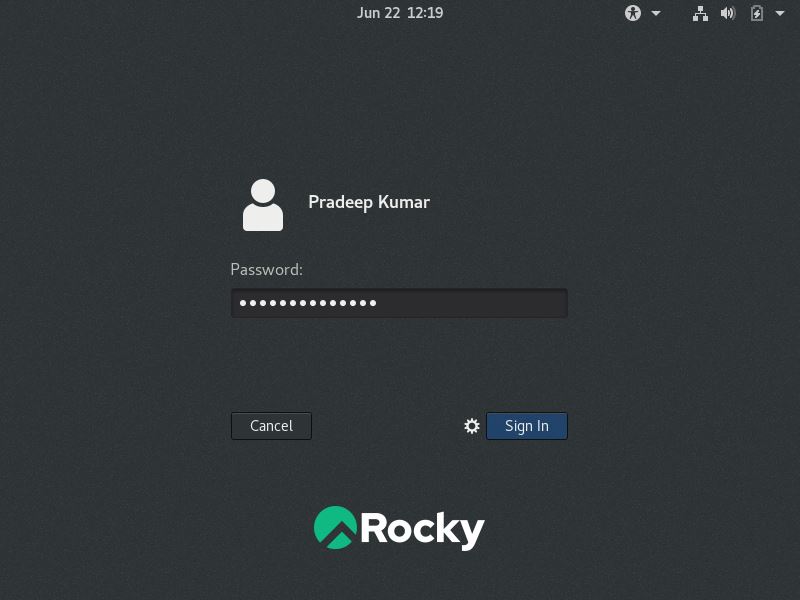

All packaging methods, such as Software Collections, Flatpaks, and RPMs, have been incorporated into application streams, making it easier for developers to use their preferred packages. Rocky Linux 9 extends the module packaging features available in Rocky Linux 8. New features in the GCC compiler help developers better track code flow with improved debugging options, and write optimized code for efficient hardware usage. Rocky Linux 9 has updated versions of developer toolchains including GCC (11.2.1), glibc (2.34), and binutils (2.35). Rocky Linux 9 has many of the latest runtimes and compilers, including GCC 11.2.1, LLVM (13.0.1), Rust (1.58.1), and Go (1.17.1). NFS introduces the “eager write” mount option to help reduce latency. XFS now supports Direct Access (DAX) operations, permitting direct access to byte-addressable persistent memory, helping avoid the latency of using traditional block I/O conventions.

Redesigned core apps, settings, and UI make it easier than ever to use Rocky Linux as a desktop operating system. Rocky Linux 9 ships with GNOME 40 as the default desktop environment.

Here are the key highlights for Rocky Linux 9.0 aside from keeping pace with RHEL in many areas: Desktop Rocky Linux is one of the new generations of distributions trying to fill that void so a new version is important. Rocky Linux 9.0 starts the new lineage of the RHEL offshoot that is replacing CentOS (along with AlmaLinux.) The new OS is a big deal because organizations have been migrating away from CentOS after IBM-Red Hat abruptly discontinued the popular OS. Today we get a new version of Rocky Linux.


 0 kommentar(er)
0 kommentar(er)
